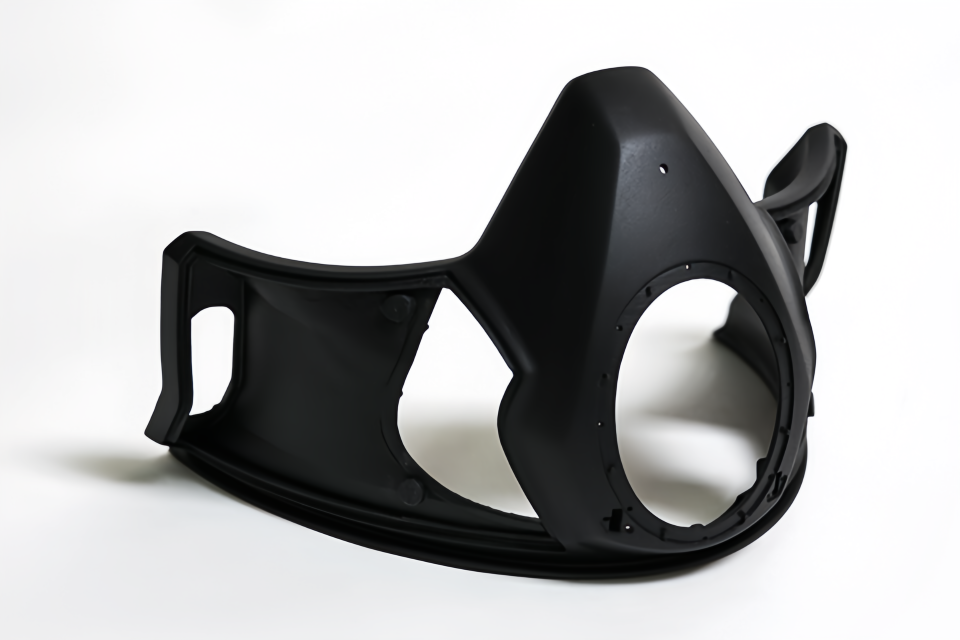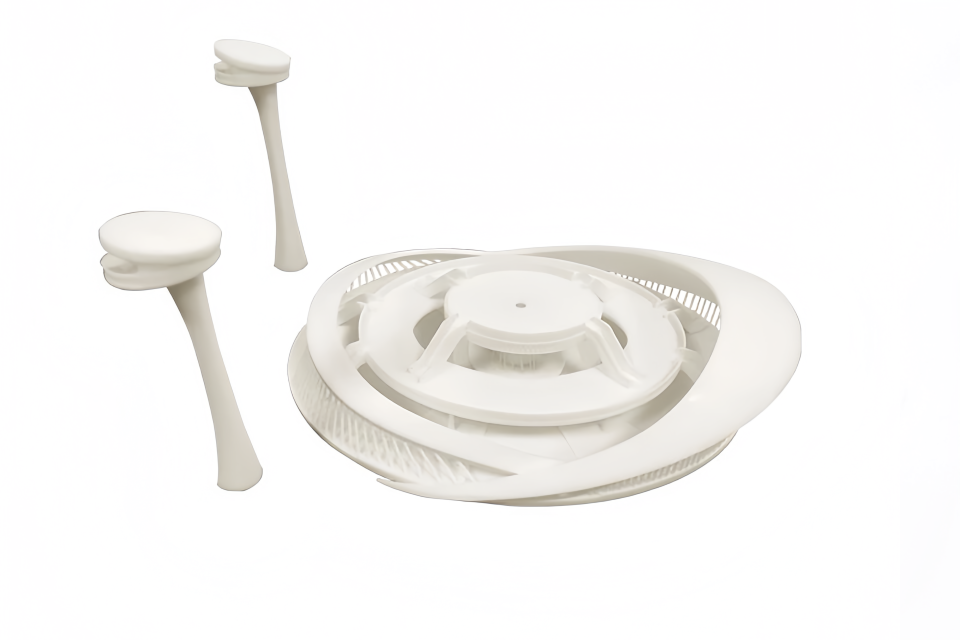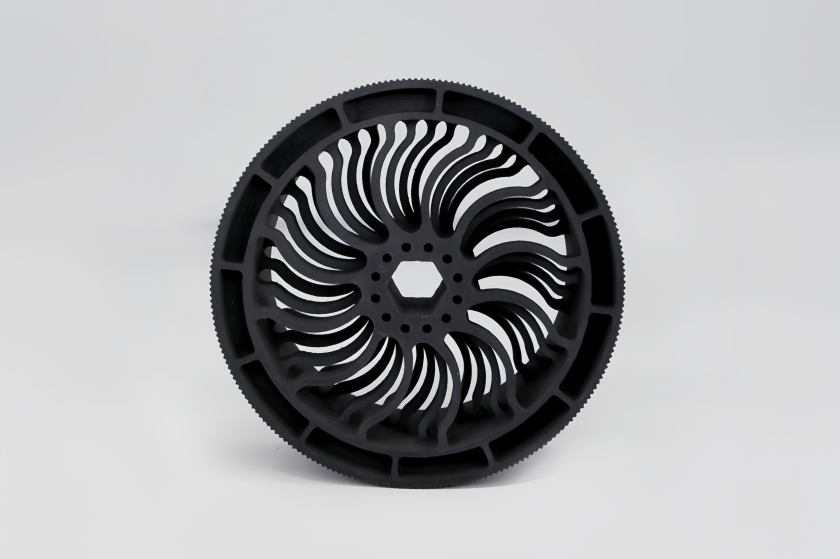3D Printing
3D printing, also known as additive manufacturing, creates three - dimensional objects by adding material layer by layer. It uses digital models and various materials like plastics, metals, and ceramics. Ideal for rapid prototyping and customized production, it's widely used in aerospace, healthcare, and automotive industries.

Different types of 3D printing
Fused Deposition Modeling
(FDM)

Stereolithography
(SLA)

Selective Laser Sintering
(SLS)

Fused Deposition Modeling (FDM)

FDM is a widely - used 3D printing method. In this process, a thermoplastic filament is fed into a heated extruder. The extruder melts the filament, and then deposits it layer by layer onto the build platform following the digital model. It's cost - effective and great for creating basic to moderately complex prototypes, like custom - designed phone cases or simple mechanical parts. Commonly used materials include PLA (Polylactic Acid) and ABS (Acrylonitrile Butadiene Styrene).
Stereolithography (SLA)
SLA employs a liquid resin that is sensitive to ultraviolet (UV) light. A UV laser beam precisely traces the shape of each layer on the surface of the resin, curing it into a solid. This technique is renowned for producing high - precision, detailed objects with smooth surface finishes. It's perfect for making jewelry molds, dental models, and intricate artistic sculptures. The resin used can vary in properties, from rigid to flexible, based on the application.

Selective Laser Sintering (SLS)

